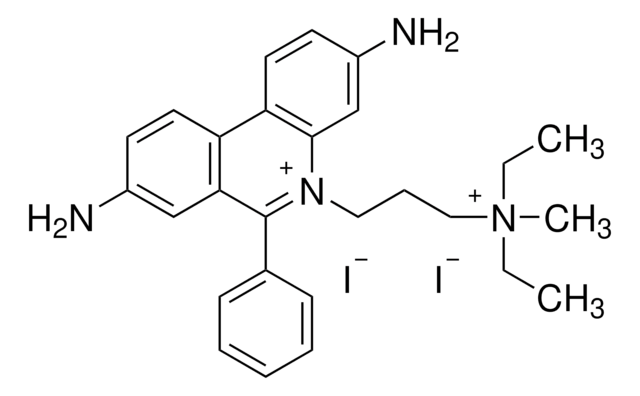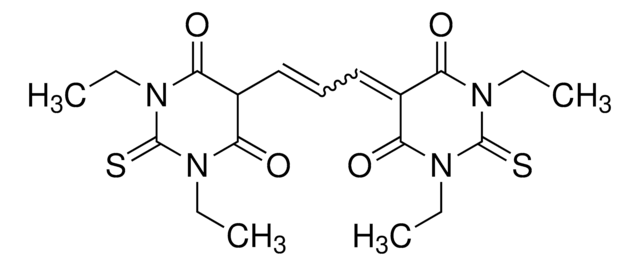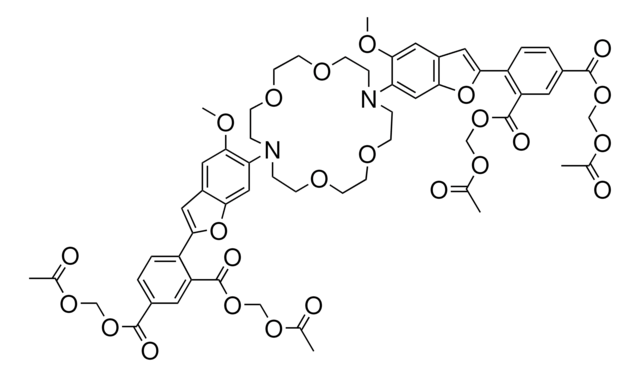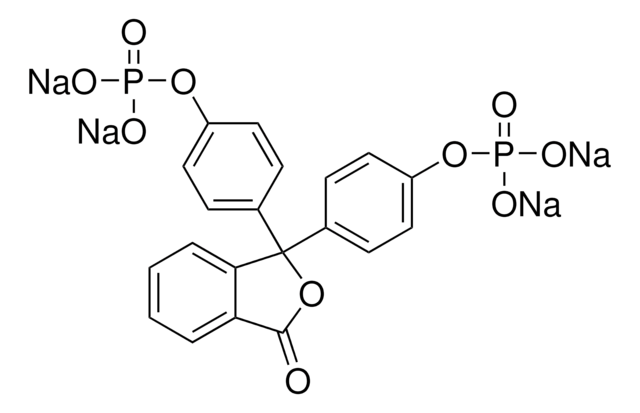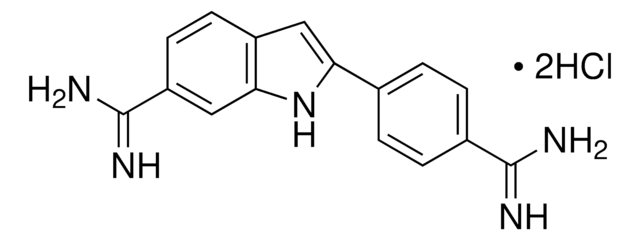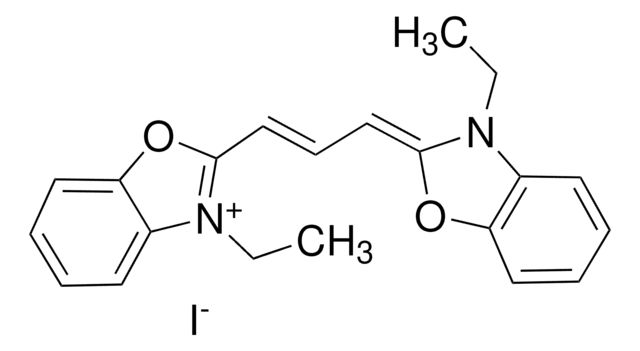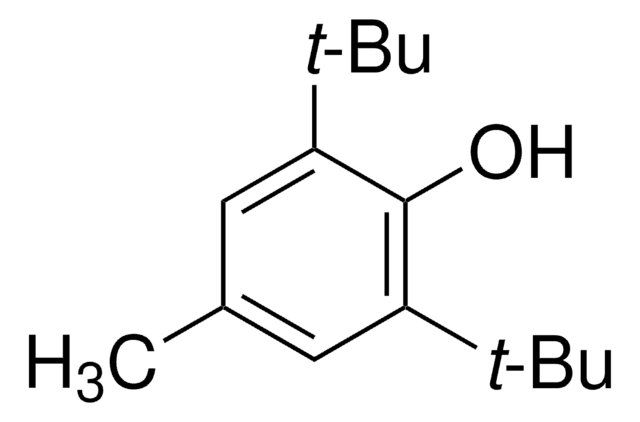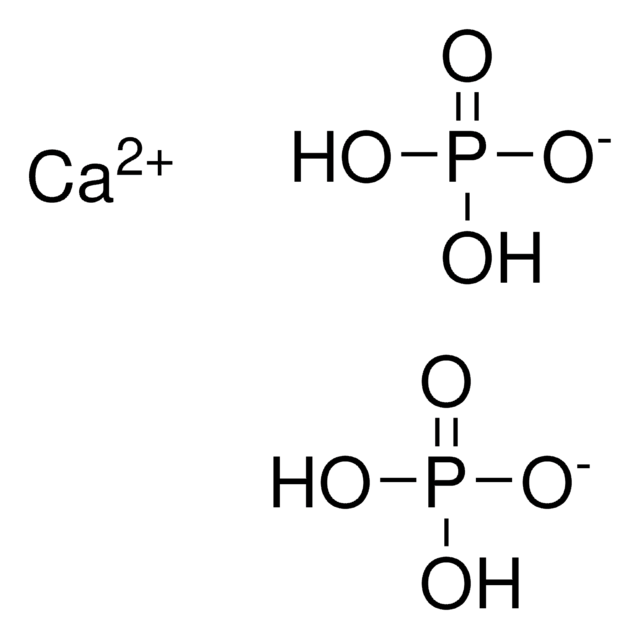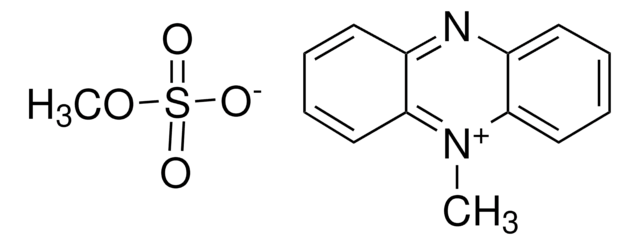D8189
Bis(1,3-dibutylbarbituric acid) trimethine oxonol
≥95% purity (HPLC), powder or solid
Recommended Products
Quality Level
Assay
≥95% (HPLC)
form
powder or solid
color
orange
solubility
DMF: soluble
DMSO: soluble
ε (extinction coefficient)
≥90000 at 490-496 nm in methanol
application(s)
diagnostic assay manufacturing
hematology
histology
storage temp.
2-8°C
SMILES string
CCCCN(C(N(CCCC)C1=O)=O)C(C1=C/C=C/C2C(N(CCCC)C(N(CCCC)C2=O)=O)=O)=O
InChI
1S/C27H40N4O6/c1-5-9-16-28-22(32)20(23(33)29(26(28)36)17-10-6-2)14-13-15-21-24(34)30(18-11-7-3)27(37)31(25(21)35)19-12-8-4/h13-15,20H,5-12,16-19H2,1-4H3/b14-13+
InChI key
ATJCYSYHWGQAET-BUHFOSPRSA-N
Related Categories
Application
Biochem/physiol Actions
WGK
WGK 3
Flash Point(F)
Not applicable
Flash Point(C)
Not applicable
Personal Protective Equipment
Certificates of Analysis (COA)
Search for Certificates of Analysis (COA) by entering the products Lot/Batch Number. Lot and Batch Numbers can be found on a product’s label following the words ‘Lot’ or ‘Batch’.
Already Own This Product?
Find documentation for the products that you have recently purchased in the Document Library.
Our team of scientists has experience in all areas of research including Life Science, Material Science, Chemical Synthesis, Chromatography, Analytical and many others.
Contact Technical Service